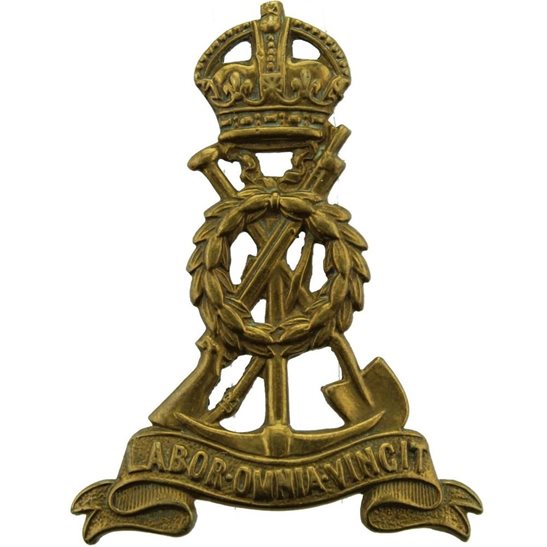Personal Details
Born: 1887 in Market Drayton, Shropshire.
Family: He was the elder of two children born to Frederick Edward Smith and his wife Hannah, nee Bennett. He married Mary Bate on 7 June 1908 in Market Drayton, Shropshire. The couple had one child, William Richard, born in 1910.
Residence: In 1891 he and his family were living at The Shutt, Drayton in Hales, Shropshire. By 1901 they had moved to Keelings Lane, Little Drayton, Shropshire. In 1911 and now married his address was 46 Yardington, Whitchurch. Several addresses were given for him on his military records; 26 Longslow Road, Market Drayton, 5 Watergate Street, Whitchurch, 9 Bark Hill, Whitchurch and 5 Raven Yard, Whitchurch. The latter was the address given for Joseph Smith on the 1919 Absent Voters` List for Whitchurch. At the time of his demobilisation in October 1919 he was living at 9 Bark Hill.
Employment: In 1901 he was a general labourer and in 1911 a rag and bone dealer. His 1915 military records stated that he was a labourer.
Died: Not known
Military Details
Regiment: Labour Corps (previously King`s Shropshire Light Infantry)
Rank: Private
Service Number: 676877 (previously 18958)
Date of Enlistment: 27 September 1915
Date of Discharge: 12 October 1919
Reason for Discharge: Demobilisation
William was awarded the Campaign Medals (British war medal and Victory medal)

The British War Medal (also known as 'Squeak') was a silver or bronze medal awarded to officers and men of the British and Imperial Forces who either entered a theatre of war or entered service overseas between 5th August 1914 and 11th November 1918 inclusive. This was later extended to services in Russia, Siberia and some other areas in 1919 and 1920. Approximately 6.5 million British War Medals were issued. Approximately 6.4 million of these were the silver versions of this medal. Around 110,000 of a bronze version were issued mainly to Chinese, Maltese and Indian Labour Corps. The front (obv or obverse) of the medal depicts the head of George V. The recipient's service number, rank, name and unit was impressed on the rim.
The Allied Victory Medal (also known as 'Wilfred') was issued by each of the allies. It was decided that each of the allies should each issue their own bronze victory medal with a similar design, similar equivalent wording and identical ribbon. The British medal was designed by W. McMillan. The front depicts a winged classical figure representing victory. Approximately 5.7 million victory medals were issued. Interestingly, eligibility for this medal was more restrictive and not everyone who received the British War Medal ('Squeak') also received the Victory Medal ('Wilfred'). However, in general, all recipients of 'Wilfred' also received 'Squeak' and all recipients of The 1914 Star or The 1914/1915 Star (also known as 'Pip') also received both 'Squeak' and 'Wilfred'. The recipient's service number, rank, name and unit was impressed on the rim.

